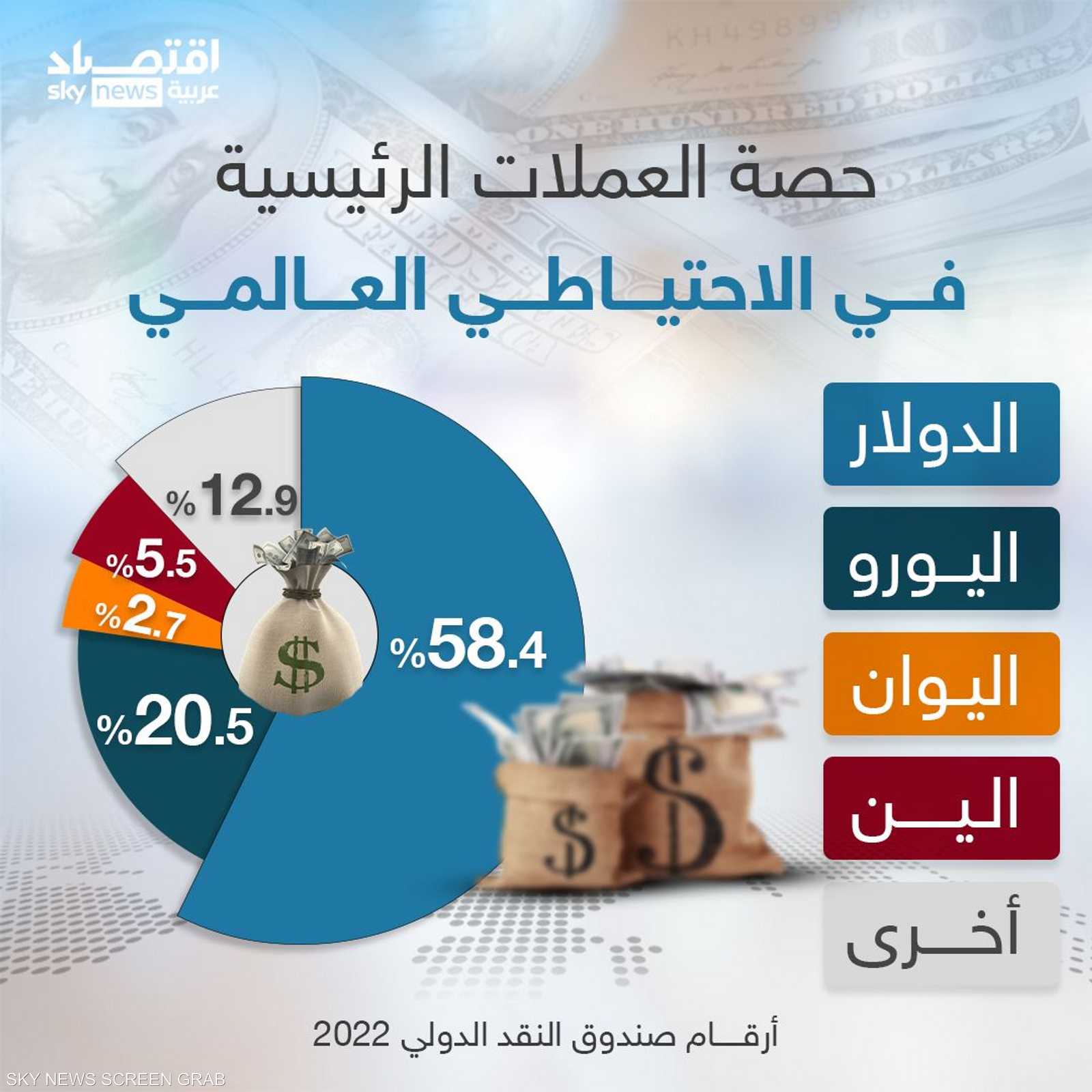
Is the world witnessing the beginning of the end of dollar dominance?
Global risk assets are expected to benefit from falling U.S. inflation that is accelerating the dollar’s decline.
The dollar has fallen nearly 13 percent against a basket of major currencies from a 20-year high hit last year and hit its weakest level in 15 months.
U.S. data on Wednesday showed a sharper-than-expected slowdown in U.S. inflation, accelerating the dollar’s decline and reinforcing expectations that the Federal Reserve (Fed) is nearing the end of its rate-hiking cycle.
Since the U.S. dollar is an essential part of the global financial system, multiple assets stand to benefit if the U.S. dollar continues to depreciate.
A weaker dollar could be beneficial for some U.S. companies because a weaker currency makes exports more competitive overseas and makes it cheaper for multinationals to convert overseas profits into dollars.
According to Bespoke Investment Group’s analysis of Russell 1000 companies, more than 50% of the US technology industry’s revenue comes from overseas. The industry includes some large growth companies that have led the market’s gains this year.
When the dollar weakens, foreign buyers can afford raw materials priced in dollars. The S&P and Goldman Sachs commodity index is up 4.6% for the month, on track for its best month since October.
Emerging markets also benefited as a weaker dollar made it easier to repay dollar-denominated debt. The MSCI Emerging Markets Currency Index has risen 2.4 percent this year.
“For markets, the weaker dollar and the reasoning behind it, which is lower inflation, has boosted everything, especially outside the U.S.,” Alves Marino, currency analyst at Credit Suisse, told Reuters. assets.”
6. Market: The road to further rise of the US dollar has opened
The dollar has fallen in recent days as U.S. Treasury yields have fallen, reducing the greenback’s appeal and boosting a slew of other currencies, from the yen to the Mexican peso.
“You’re hearing voices that are cracking technical levels in the foreign exchange market,” said Carl Chamota, senior market analyst at Corbyn.
A sustained decline in the greenback could boost profits on foreign exchange strategies such as dollar-funded carry trades, which involve selling dollars to buy higher-yielding currencies, allowing investors to cash in on the difference.
A weaker dollar has made the strategy profitable this year. Investors who sold dollars and bought Colombian pesos have amassed returns of 25% so far this year, compared with 13% for Polish zlotys, according to Corbay.
On the monetary policy front, a falling dollar could bring some relief to some countries, as it removes the urgent need to support the depreciation of their currencies.
Among these countries is Japan. The dollar has fallen 3 percent against the yen this week and is headed for its biggest weekly loss against the yen since January.
A weaker yen has created problems for Japan’s import-dependent economy. Expectations are growing that Japan will intervene again after intervening last year to support its currency for the first time since 1998.
The risk of dollar weakness
Of course, a lower dollar has its own risks, one of which is the possibility of higher U.S. inflation, raising bets on further monetary tightening and dampening many of the anti-dollar trades that have flourished this year.
Despite moderating inflation, the U.S. economy remains resilient compared to other countries. Some experts believe the Fed will cut interest rates soon, which could limit the dollar’s near-term losses.

